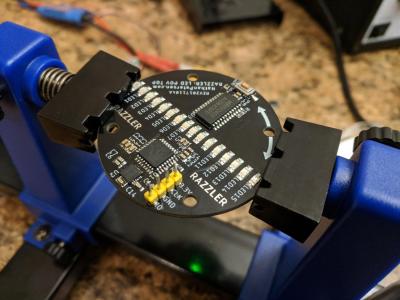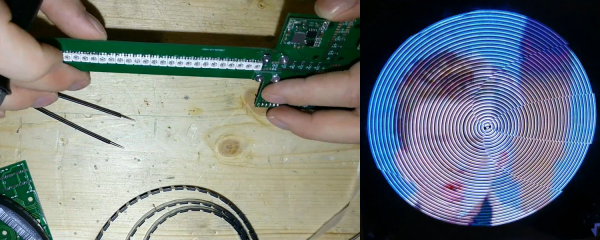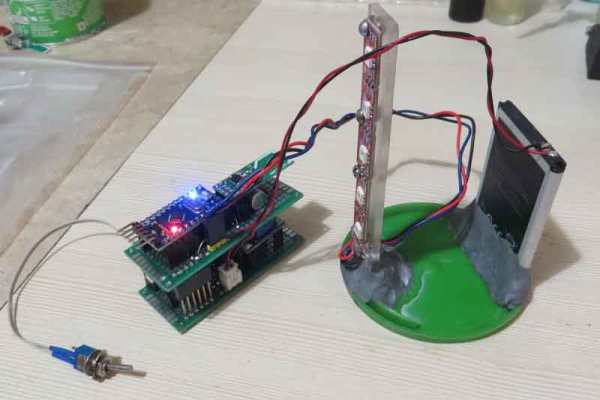It seems obvious once you think about it, but if you can spin your cell phone and coordinate the display with the motion, you can create a 3D display. [Action Lab] had used such a setup to make a display that you could view from any angle. After he showed it, a viewer wrote him to mention that if you spin the picture at the same rate, it will appear in 3D. The results look great, as you can see in the video below.
The spinning mechanism in this case is an inexpensive pottery wheel. Whatever you use, though, you need a way to match the speed of the graphics to the speed of the phone’s rotation. For this example, there are just a few pre-spun 3D models on a website. However, creating your own viewer like this wouldn’t be that hard. Even more interesting would be to read the phone sensors and spin the image in sync with the phone’s motion.
We keep hearing about awesome commercial 3D stuff coming out “any day now.” Meanwhile, you can always settle for Pepper’s Cone.
Continue reading “Turn Your Phone Into A POV Hologram Display”




















